What size riser for wolf range
Tr8acee
11 years ago
Featured Answer
Comments (9)
sue2012
11 years agoRenee
4 years agoRelated Professionals
Four Corners Kitchen & Bathroom Designers · Mount Prospect Kitchen & Bathroom Designers · Rancho Mirage Kitchen & Bathroom Designers · St. Louis Kitchen & Bathroom Designers · Bethel Park Kitchen & Bathroom Remodelers · Creve Coeur Kitchen & Bathroom Remodelers · Saint Augustine Kitchen & Bathroom Remodelers · Shaker Heights Kitchen & Bathroom Remodelers · Cave Spring Kitchen & Bathroom Remodelers · Buena Park Cabinets & Cabinetry · Kaneohe Cabinets & Cabinetry · Saugus Cabinets & Cabinetry · Whitehall Cabinets & Cabinetry · Wyckoff Cabinets & Cabinetry · Franklin Plumberskaseki
4 years agoPia R
4 years agoPia R
4 years agolast modified: 4 years agokaseki
4 years agoMilo Pompeii
4 years agokaseki
4 years agolast modified: 4 years ago
Related Stories
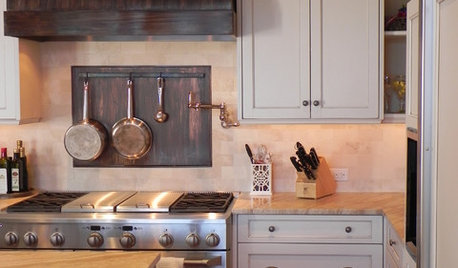
KITCHEN BACKSPLASHESKitchen Confidential: 8 Options for Your Range Backsplash
Find the perfect style and material for your backsplash focal point
Full Story
KITCHEN DESIGNHow to Find the Right Range for Your Kitchen
Range style is mostly a matter of personal taste. This full course of possibilities can help you find the right appliance to match yours
Full Story
HOUSEKEEPINGHow to Clean Your Range and Oven
Experts serve up advice on caring for these kitchen appliances, which work extra hard during the holidays
Full Story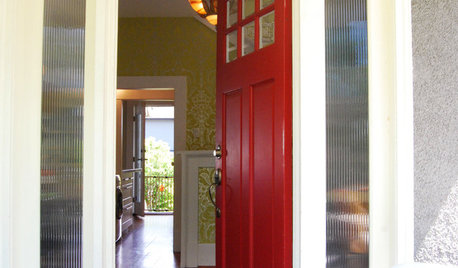
HOUZZ TOURSMy Houzz: Quirky, Colorful Vancouver Heritage Home
Wallpapered stair risers, a striped lime-green ceiling and creative artwork are just the beginning in this designer's 1910 home in Canada
Full Story
KITCHEN DESIGNWhat to Know When Choosing a Range Hood
Find out the types of kitchen range hoods available and the options for customized units
Full Story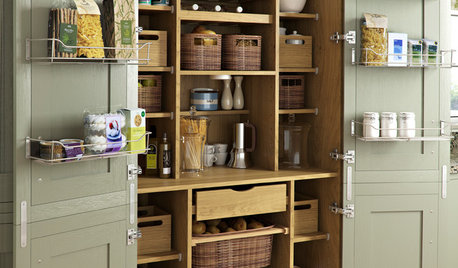
KITCHEN PANTRIES80 Pretty and Practical Kitchen Pantries
This collection of kitchen pantries covers a wide range of sizes, styles and budgets
Full Story
CONTRACTOR TIPSBuilding Permits: 10 Critical Code Requirements for Every Project
In Part 3 of our series examining the building permit process, we highlight 10 code requirements you should never ignore
Full Story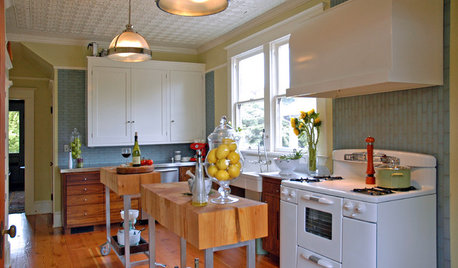
VINTAGE STYLEKitchen of the Week: Preservation Instincts Create Vintage Modern Style
Original features in this 1908 kitchen join new custom accents for a look that bridges the years
Full Story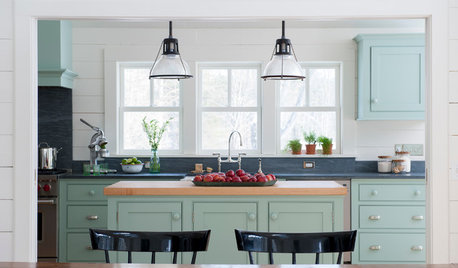
KITCHEN OF THE WEEKKitchen of the Week: Casual Farmhouse Looks, Pro-Style Amenities
Appliances worthy of a trained chef meet laid-back country charm in a Connecticut kitchen and pantry
Full StoryMore Discussions






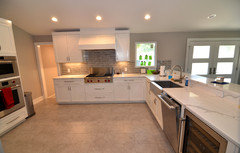
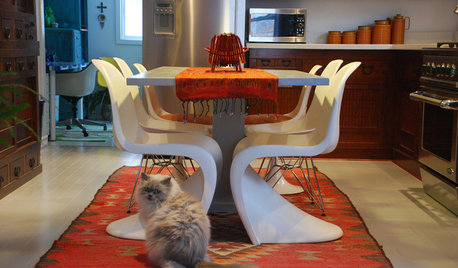

kaseki